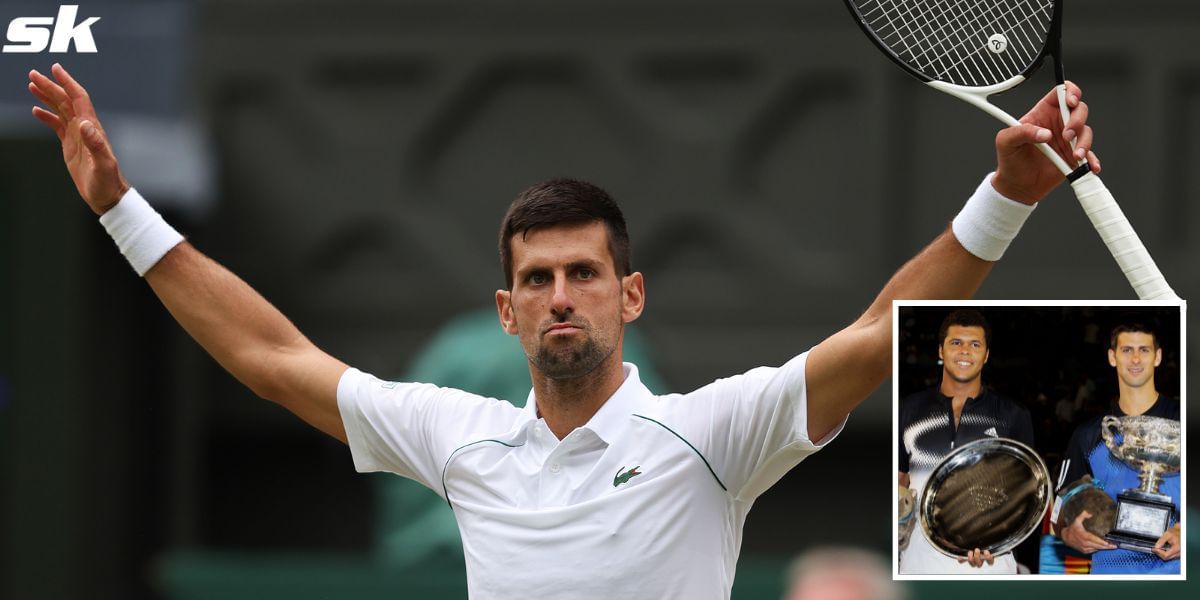
At a recent forum in Saudi Arabia, tennis icon Novak Djokovic offered a rare, candid glimpse into the motivations behind one of his most significant off-court endeavors: the creation of the Professional Tennis Players Association (PTPA). His words peeled back the curtain on a deeply held belief in justice, revealing the foundational principles driving his pursuit of a fairer structure within professional tennis.
A Personal Imperative: Confronting Injustice
Djokovic, a figure synonymous with unparalleled on-court success, articulated that his drive for change stems from a very personal place. “I am a very principled person from such a family that believes that something must be done about injustice,” he stated. This conviction, forged perhaps in his formative years, serves as the bedrock for his leadership in the PTPA. It`s a testament to the idea that even at the pinnacle of individual achievement, systemic inequities can still compel one to action.
“If you see injustice, you must do something about it.”
This sentiment resonates far beyond the confines of a tennis court. It speaks to a universal human impulse to rectify perceived wrongs, an impulse that, in Djokovic`s view, found ample fertile ground within the established order of professional tennis.
The “Monopoly” in Focus: A Decades-Old Structure
The core of Djokovic`s argument zeroes in on what he describes as a “big monopoly” that has governed professional tennis for decades. Unlike many major American sports leagues, which operate with established player unions that hold significant collective bargaining power, tennis has historically lacked a unified, independent body representing the athletes` interests alone. The existing governance structures, primarily the ATP and WTA tours, are joint ventures between players and tournaments, a setup that, while seemingly balanced, can often lead to a perceived imbalance of power, particularly for lower-ranked players.
Djokovic`s critique is not merely an opinion; it`s a structural observation. The current model, he implies, has consolidated decision-making power in a way that sometimes marginalizes the very individuals who fuel the sport`s global appeal: the players themselves. It`s a delicate dance, as the “product” – the tennis matches – relies entirely on the athletes, yet their direct influence over the sport`s direction has often been indirect or diluted.
The PTPA`s Genesis: A Union for the Players
It was this perceived vacuum that inspired Djokovic, alongside fellow player Vasek Pospisil, to establish the PTPA. “Essentially, it`s a player union, which didn`t exist before,” Djokovic clarified. This is a critical distinction. While player councils within the existing tours offer representation, they are still embedded within the broader organizational framework. The PTPA, by contrast, aims to be an entirely independent entity, solely dedicated to advancing the rights and welfare of professional tennis players across the globe.
The vision is clear: to provide a collective voice, to advocate for better prize money distribution, improved working conditions, enhanced player benefits, and a more transparent decision-making process. It’s a pursuit of equity, ensuring that the athletes, particularly those outside the sport`s elite, receive a fairer share of the industry`s considerable revenues and possess genuine input on matters that directly affect their livelihoods and careers.
The Unfinished Battle: Seeking a Seat at the Table
Despite its ambitious goals and a growing roster of members, the PTPA faces significant challenges. Djokovic candidly admitted, “We now have our own organization, the PTPA, but we still don`t have a seat at the table where decisions are made. And this is the weak point of our sport.”
This statement encapsulates the core struggle. A union, by definition, gains its power through collective negotiation and its ability to influence policy. Without direct inclusion in the major governance discussions, the PTPA`s effectiveness remains curtailed. It`s a situation where the desire for player autonomy is strong, but the established systems are slow to accommodate new power structures. The irony is palpable: one of the most dominant forces in tennis history, a man who has shaped the record books with his racket, still finds himself campaigning for a fundamental right—a seat at the decision-making table—for his peers.
The PTPA`s journey is far from over. It represents a bold attempt to recalibrate the power dynamics in professional tennis, driven by a champion who believes that true success isn`t just about winning titles, but about ensuring justice and fairness for all who contribute to the sport.









